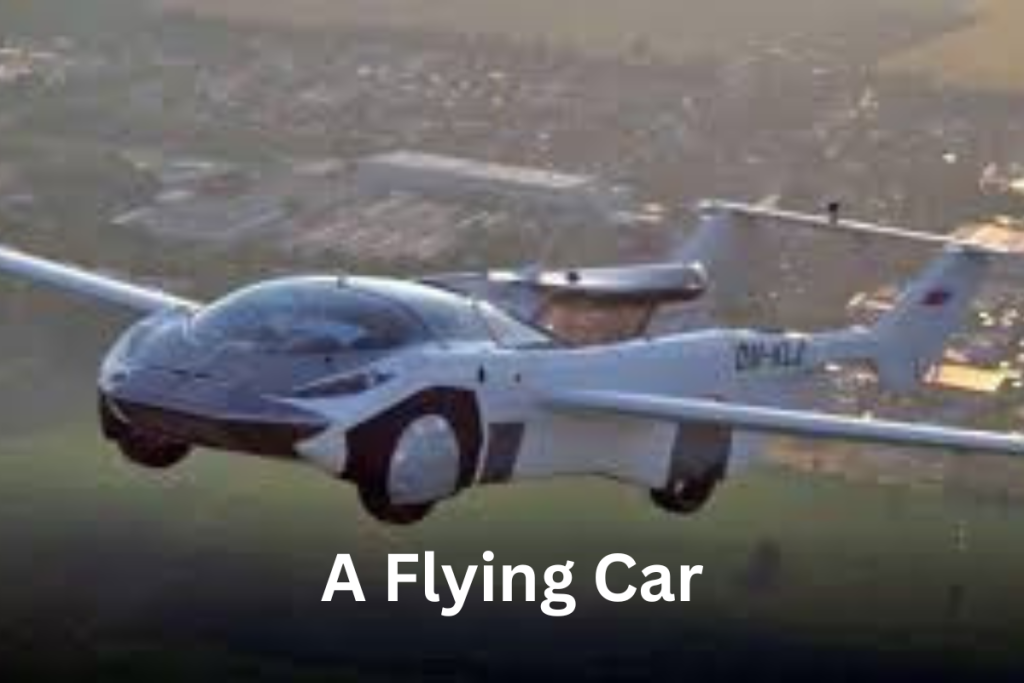A Chinese company has acquired the technology that enabled for the successful test-flight of a flying car, which was initially developed in Europe.
Hebei Jianxin Flying Car Technology company has purchased the exclusive right to produce and operate the AirCar within a “specific geographical region” of China from Klein Vision, the Slovakian firm that created it.
“We are pleased to announce the sale of the license for our certified flying car technology to the esteemed Chinese company,” stated Stefan Klein, Chairman of the Board at Klein Vision.
Although detailed financials are not published, the prototype’s development cost was $2.3 million,
The AirCar features a parachute deployment system, folding tail surfaces, and retractable wings. The transition from sports vehicle to aircraft mode takes two minutes and fifteen seconds.
In 2021, the AirCar—which runs on conventional fuel and a BMW engine—made news when it successfully completed a 35-minute journey between two airports in Slovakia. In less than two minutes, the car transforms into an airplane with ease, using conventional runways for takeoff and landing.
With extensive testing, the AirCar has successfully flown at 8200 ft and reached speeds of up to 190 kmph (103 knots). And a 300m stretch of road is all the two-seater flying car needs to take off.

Co-founder of Klein Vision Anton Zajac affirmed the purchase, emphasizing that the Chinese company had previously acquired an aircraft manufacturer in Slovakia and had since established an airfield and flight school.
“This partnership represents a significant step in our mission to expand global access to revolutionary mobility solutions and drive progress in the industry,” Zajac said.
Recent advancements, such as the test flight of a passenger-carrying drone by Autoflight between Shenzhen and Zhuhai—completing a trip that normally takes three hours by car in just 20 minutes, is clear evidence of China’s interest in aerial transportation options.
Furthermore, in 2023, eHang, a Chinese company, obtained a safety certificate for its electric flying taxi, demonstrating the country’s dedication to adopting cutting-edge transportation innovations.
Although the UK government has announced its intention to have flying taxis widely available by 2028, AirCar differs from drone-like passenger aircraft due to its unique operating framework, which depends on normal runways rather than vertical takeoff and landing.
The implementation of flying automobiles is confronted with obstacles concerning infrastructure, regulatory policies, and public acceptance, even if it has great promise.
The sale of AirCar technology raises questions about China’s changing position in the flying car market, similar to its dominance in the electric vehicle industry.
The sale of Slovakian AirCar technology to China highlights the growing significance of flying cars in the future of transportation, as worldwide efforts to govern this rising sector increases.







